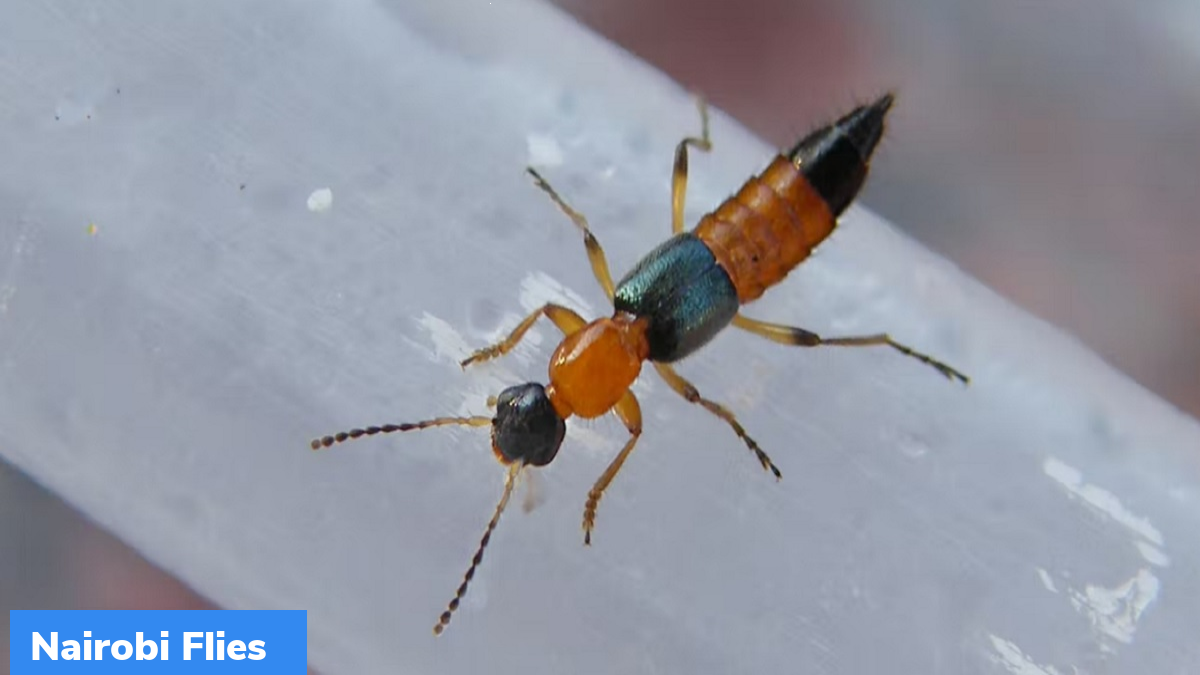Nairobi flies (Dragon bugs)
Recently, a skin infection was reported among 100 students of Sikkim Manipal Institute of Technology (SMIT) in Majhitar, East Sikkim. This infection was reported after they came in touch with Nairobi flies.
Highlights
- Number of Nairobi flies is increasing rapidly on the campus.
- The flies move to new areas to search for food supply and breeding grounds.
About Nairobi flies
Nairobi flies are also known as dragon bugs or Kenyan flies. They are small, beetle-like insects. They are categorized among two species, namely Paederus eximius and Paederus sabaeus. They are found in orange and black colour. Flies prosper in areas of high rainfall. They get attracted towards bright light, similar to most insects.
How flies affect humans?
Nairobi flies usually attack pests consuming crops and pests that are good for humans. But they sometimes come in direct contact with humans, harming them. These flies do not bite. But if they are disturbed while sitting on skin, a “potent acidic substance” called pederin is released. Pederin causes burns and irritation, resulting into colouring or lesions or unusual on the skin. The skin starts to heal after a week or two. However, it can also lead to secondary infections, if the infected person scratches the irritated skin.
Previous outbreaks of the disease
Past instances of outbreaks have been reported in Kenya and other parts of eastern Africa. Heavy rain in 1998 resulted in large number of insects into this region. Other than this region, outbreaks have been reported in countries like Japan, India, Israel, and Paraguay.
How can humans protect themselves from Nairobi flies?
Human can protect themselves from Nairobi flies by sleeping under nets. In case, flies sit on a person, it should be pushed aside gently. It should not be disturbed to avoid the chances of releasing pederin.
Month: Current Affairs - July, 2022
Category: India Nation & States Current Affairs • International / World Current Affairs • Science & Technology Current Affairs


